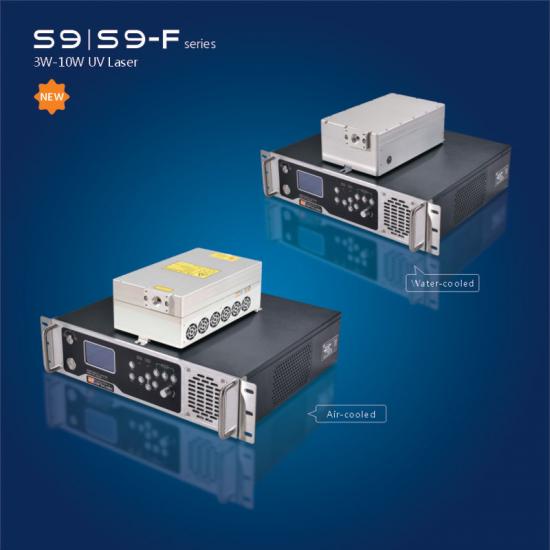보다 정확한 세포 연구를 위한 2단계 고체 레이저 질량분석법
Aug 06 , 2021
It is reported that in order to improve mass spectrometry to enhance the study of cytochemical composition, researchers from the University of Münster have developed a method for improving the spatial resolution of matrix-assisted laser desorption ionization (MALDI) mass spectrometry in UK health agencies. Increased by about a thousandth of a millimeter.
The researchers called the technique t-MALDI-2 (‘t’ indicates the transmission mode), which uses two lasers: one for generating a smaller focus on the removed material and the other for another laser It is used to generate the necessary signal enhancement. For many biomolecules, the signal is enhanced by several orders of magnitude, such as fat-soluble vitamins including vitamin D and cholesterol, and drug administration. Their precise distribution in cells and tissues, as well as other information, helps to better understand disease and inflammatory processes and shows new strategies for treating them.
MALDI mass spectrometry defines the nature and composition of a molecule based on their characteristic mass – their “molecular weight”. In this way, it is possible to take samples of the laser-irradiated sample – for example, a thin tissue section obtained from a biopsy, which can define dozens or even hundreds of different biomolecules simultaneously in one measurement. However, to date, mass spectrometry provides much lower resolution than classical optical microscopes. The introduction of the new t-MALDI-2 technology will greatly reduce this gap.
Dr. Marcel Niehaus, one of the two leading authors of the study, explained: “The decisive improvements provided by our approach are based on the combination and extension of the two previously used techniques compared to the established MALDI imaging approach. In the transmission geometry, we have irradiated the sample in the opposite direction. This way, we can place the high-quality microscope lens very close to the sample, thus reducing the size of the laser spot. For geometric reasons This method is different from the standard method of illuminating a sample from the direction of the mass analyzer.”

자외선 레이저 | 녹색 레이저 | 자외선 레이저 | 자외선 dpss 레이저 | 나노초 레이저 | UV 레이저 소스 | 고체 레이저
그러나 레이저에 의해 제거된 샘플의 작은 영역에서는 매우 적은 양의 물질만 후속 질량 분석 측정에 사용할 수 있습니다. 따라서 두 번째 결정적인 단계는 연구원들이 2015년 사이언스에 소개한 MALDI-2라는 방법을 사용하는 것입니다. 그 효과는 더 많은 하전되지 않은 분자가 이온 형태로 더 많이 전달되도록 하는 소위 포스트 이온화 레이저입니다. 분자에 양전하 또는 음전하가 있는 경우 질량 분석기에서 볼 수 있습니다.
쥐 소뇌의 미세 구조와 신장 세포 배양을 사용한 최신 연구에서 연구원들은 그들의 기술이 제공하는 가능성을 보여주었습니다. 영국의 보건 기관 교수이자 연구 리더 중 한 명인 Klaus Dreisewerd는 다음과 같이 말했습니다. 또한 형광 현미경과 같은 광학 현미경으로 개발된 방법을 '다중 모드' 기기에서 질량 분석 이미징과 함께 사용할 수 있습니다.”